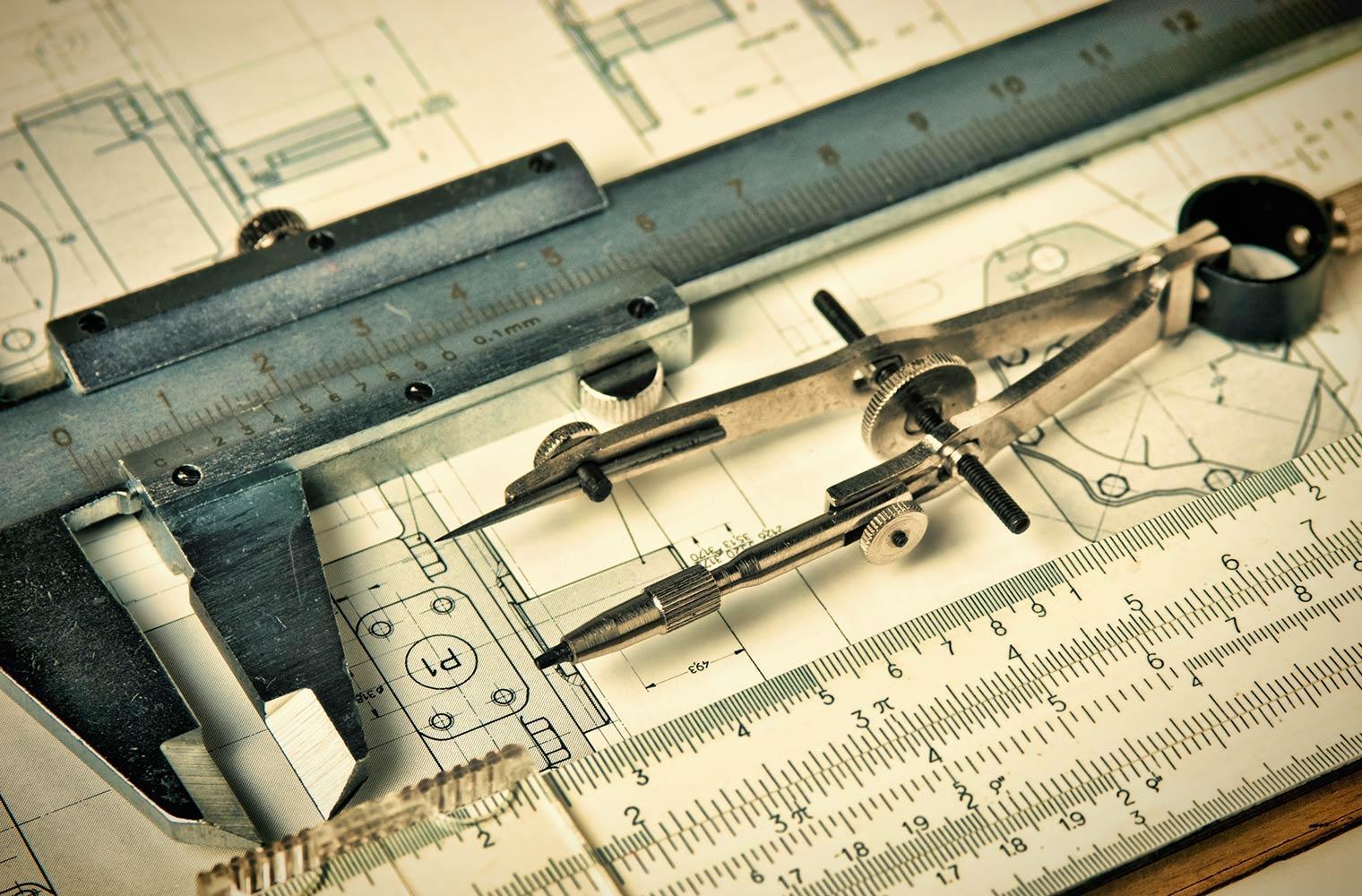
Health in the Ancient World
A look at the Old Healthcare Systems
Egyptians and Medicine
The Pharaoh would have many specialists and many times they were priests, who were the only ones that could read the books of medicine from the god Thoth
Still, magicians at times too were considered healers.
Demons were believed to cause all types of harm.
Achievements and Contributions included:
-identification of certain diseases
-prescriptions used to aid patients, written on papyrus
-embalming (mummification)
-medical practices used today
Eye of Horus is the hieroglyph which evolved in the current Rx sign.
Last time in Principles of Healthcare...
What signs of this origin can we see today at home or at hospitals?
Jewish Medicine
What the Jewish contributed to was sanitation regulations, focusing on food, cleanliness and quarantine.
Important Figure - Moses
-Pre-Hippocratic medical thought
-studied hygiene and medicine at temple in Egypt
-banned quackery
-Day of Rest
Greek Medicine and Hippocrates
Important Figure - Hippocrates
-Father of Medicine
-research based on only observations
-detailed logging of signs/symptoms of diseases
-wrote the standard of ethics which is the basis for today's medical ethics
Important Symbol - Aesculapius
-Represented by the staff with serpents
-His temples became the first true clinics and hospitals
Roman Medicine, Roman Way
Romans brought the technology of aqueducts and sewers, which lead to public baths
Organized a medical system for public health, also established army medicine (field medics)
Doctor houses become hospitals too
Improved hygiene with flood control and more solid constructions
Reflect on Questions...
Next time in Principles of Healthcare...
Dark Ages (400-800AD)
Epidemics
-Bubonic Plague
-Smallpox, different from chicken poxs
-Diphtheria
-Syphilis
-Measles
-Typhoid Fever
-Tuberculosis
Crusaders aided in the spread epidemics with their campaigns
Establishment of Cities, different from villages and towns
Sanitation division established
Quarantine Laws passed
Renaissance Times (1350-1650 AD)
Dissections became a practice of research
Begin publishing books of research findings




